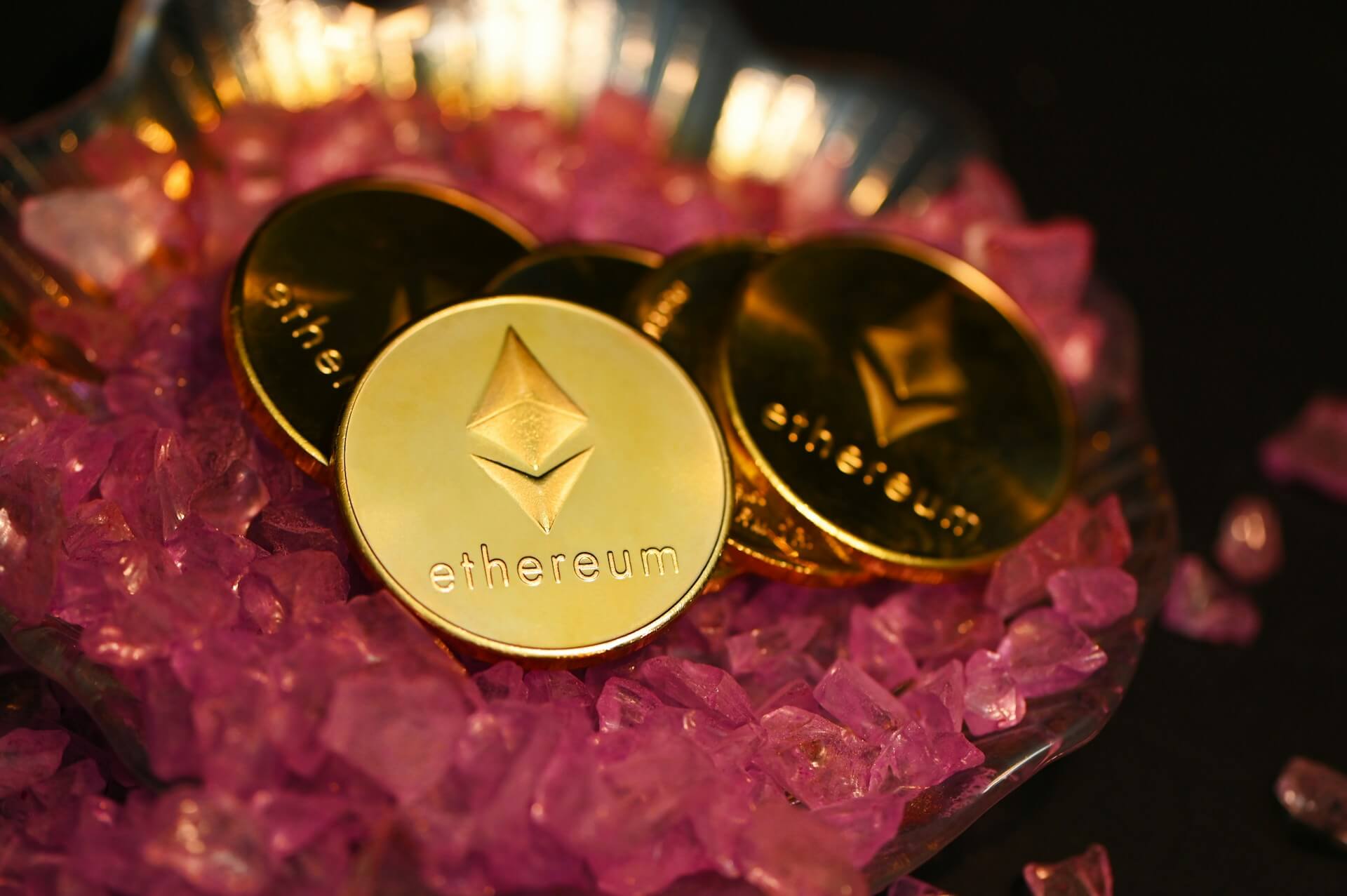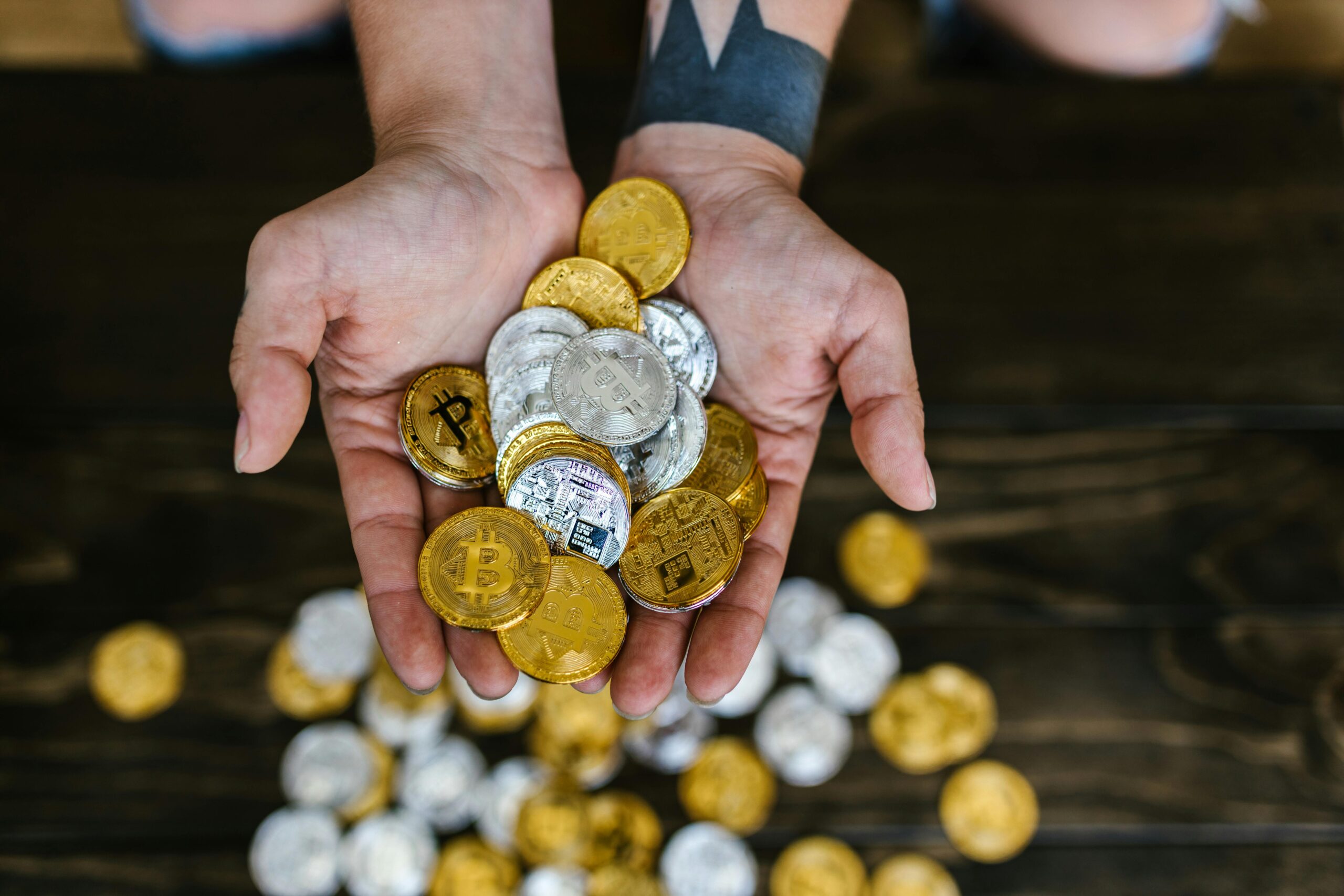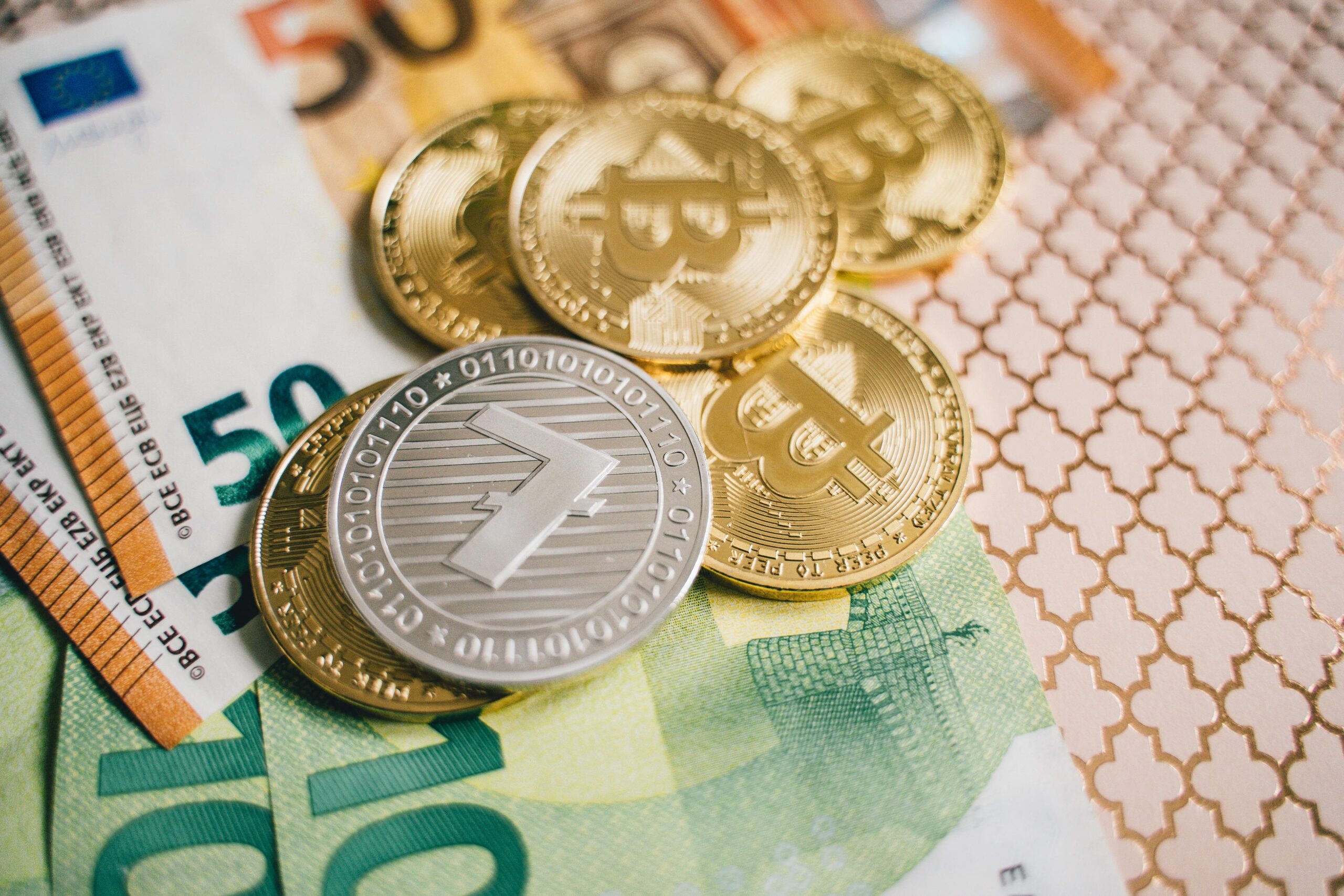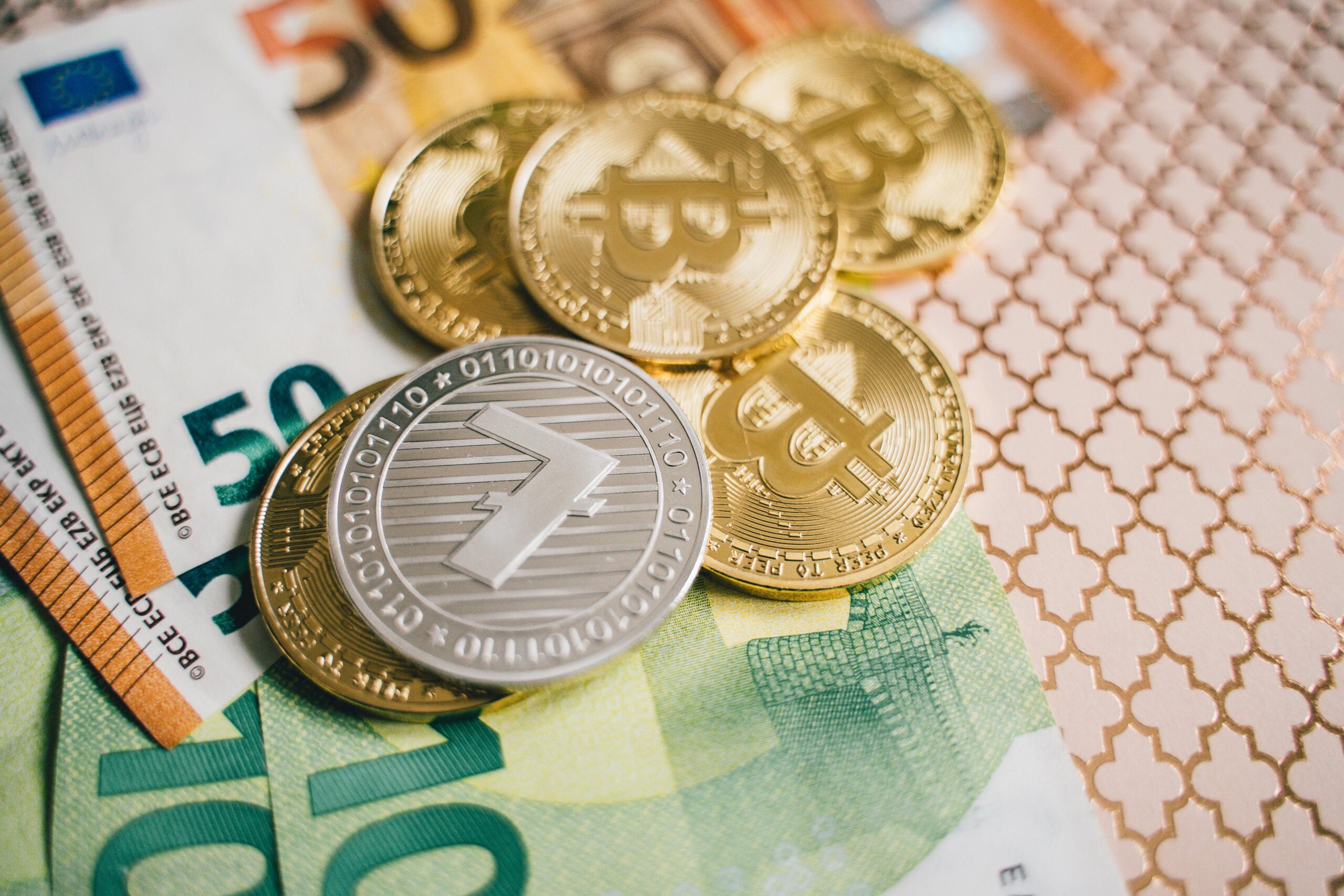Cryptocurrency markets are known for their extreme volatility, and altcoins—digital assets other than Bitcoin—are particularly sensitive to market sentiment. Understanding how sentiment drives price fluctuations is essential for investors and enthusiasts alike. This article explores the complex relationship between market sentiment and altcoin prices, highlighting key factors, examples, and strategies for navigating these unpredictable waters. …
The Impact of Market Sentiment on Altcoin Prices
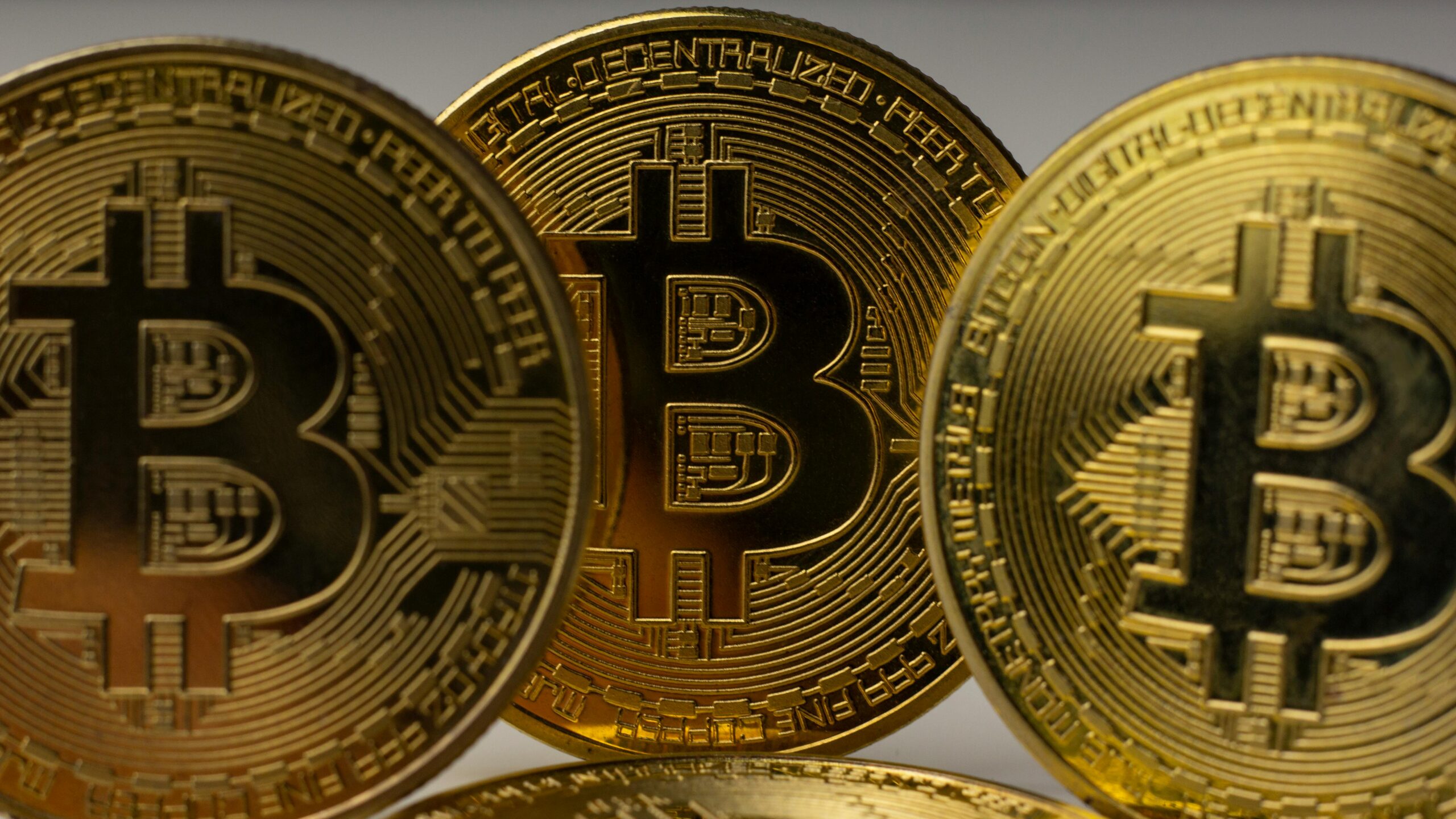
Cryptocurrency markets are known for their extreme volatility, and altcoins—digital assets other than Bitcoin—are particularly sensitive to market sentiment. Understanding how sentiment drives price fluctuations is essential for investors and enthusiasts alike. This article explores the complex relationship between market sentiment and altcoin prices, highlighting key factors, examples, and strategies for navigating these unpredictable waters.
The Nature of Market Sentiment in Cryptocurrency
Market sentiment refers to the overall attitude or emotional state of investors toward a specific asset or market. In traditional finance, sentiment plays a role, but in crypto, it often becomes a dominant force. This is because the market operates 24/7 without regulatory safeguards, and investor decisions are frequently driven by emotions rather than fundamentals.
Positive Sentiment: When optimism prevails, prices tend to surge as more investors buy into the market, fearing they might miss out (FOMO).
Negative Sentiment: Pessimism leads to panic selling and sharp price declines, often exacerbated by herd behavior.
Factors Influencing Altcoin Market Sentiment
1. Social Media and Influencer Impact
Platforms like Twitter, Reddit, and Telegram are breeding grounds for hype and speculation.
- Example: A single tweet from a prominent figure can send an altcoin’s price skyrocketing or plummeting.
- Impact: Traders often monitor social sentiment indicators to gauge market movements.
2. News and Announcements
News about regulatory developments, technological upgrades, or partnerships can heavily influence sentiment.
- Positive News: Partnerships with major companies or technological advancements can trigger bullish trends.
- Negative News: Hacks, regulatory crackdowns, or project failures can lead to bearish markets.
3. Market Trends and Cycles
Altcoin prices often follow Bitcoin’s lead. When Bitcoin rises, altcoins usually benefit from increased market liquidity.
- Bull Markets: Optimism drives altcoin rallies, often leading to outsized gains compared to Bitcoin.
- Bear Markets: Pessimism spreads quickly, and altcoins suffer more severe price drops.
4. Fear and Greed Index
The Crypto Fear and Greed Index measures market sentiment based on volatility, market volume, and social media trends.
- Extreme Greed: Indicates potential market corrections.
- Extreme Fear: Often seen as a buying opportunity.
5. Community Activity and Developer Engagement
A strong community and active development signal long-term viability, positively influencing sentiment.
- Example: Ethereum’s strong developer ecosystem contributes to sustained positive sentiment despite market downturns.
Real-World Examples of Sentiment-Driven Altcoin Price Movements
1. Dogecoin (DOGE)
Initially created as a joke, Dogecoin experienced meteoric price surges in 2021 due to social media hype and tweets from Elon Musk.
- Impact: Despite having limited technical innovation, Dogecoin’s price movements were driven purely by sentiment.
2. Terra (LUNA)
The collapse of the Terra ecosystem in 2022 demonstrated how negative sentiment can trigger massive sell-offs.
- Impact: Loss of trust led to the complete devaluation of what was once a top altcoin.
3. Chainlink (LINK)
Chainlink’s consistent development and real-world use cases have maintained positive sentiment among long-term investors.
- Impact: Even during market downturns, Chainlink remains a favored altcoin due to strong fundamentals.
Strategies for Navigating Sentiment-Driven Markets
1. Sentiment Analysis Tools
Utilize tools that track social media trends, news sentiment, and market indicators.
- Examples: LunarCrush, Santiment, and the Crypto Fear and Greed Index.
2. Diversification
Avoid putting all your investments in a single altcoin. Spread your investments across projects with strong fundamentals.
3. Avoid Emotional Trading
Stick to a predefined strategy and avoid making impulsive decisions based on FOMO or panic.
4. Stay Informed
Keep up with news, project developments, and market trends to anticipate sentiment shifts.
5. Risk Management
Set stop-loss orders and only invest what you can afford to lose.
The Future of Market Sentiment and Altcoin Prices
As the crypto market matures, sentiment may become less volatile due to increased adoption, regulation, and institutional involvement. However, for the foreseeable future, sentiment will remain a significant driver of altcoin prices.
Emerging Trends:
- Sentiment-Driven AI Trading: Algorithms that analyze social sentiment are becoming more sophisticated.
- Decentralized Social Platforms: These may reduce misinformation and hype-driven sentiment.
- Improved Investor Education: Greater awareness about market dynamics can lead to more rational decision-making.
Conclusion
Market sentiment plays a critical role in shaping altcoin prices. By understanding the factors that influence sentiment and adopting strategies to navigate these volatile waters, investors can make more informed decisions. While sentiment will always be a part of the crypto landscape, knowledge and preparation can help mitigate its impact and turn challenges into opportunities.
Laura Graham a journalist with a focus on NFTs and the creator economy, Laura explores how blockchain empowers artists, musicians, and content creators. She frequently interviews industry leaders and Web3 pioneers.




